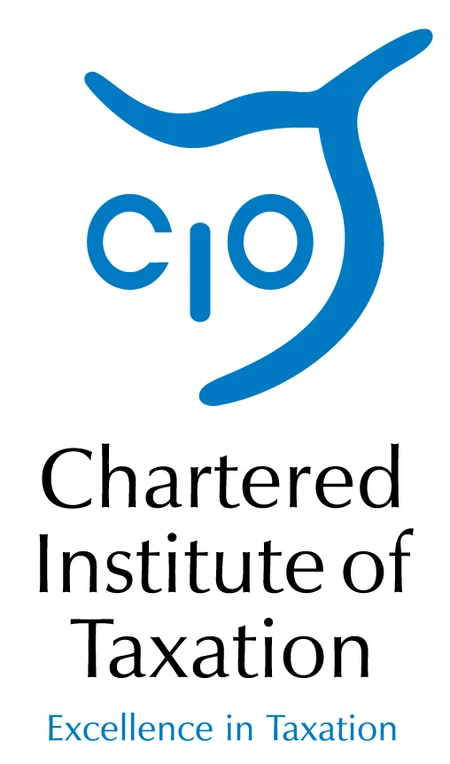Automatic Enrolment
Services
Policy success, but headache for employers?
Back in 2012, less than half of private-sector employees in the UK had a pension scheme. Today, that figure is 79% and this huge increase is due to the successful rollout of auto-enrolment.
It started with the largest companies and now applies to employers of all sizes with staff earning more than £10,000 a year, and who are aged between 22 and state pension age.
However, auto-enrolment poses many challenges for smaller employers, as they must comply with the same regulations as listed PLCs, without a large payroll department to manage it.
Employer responsibilities
As an employer you must:
- offer a compliant workplace pension to eligible employees
- assess your employees’ earnings at the start of the scheme and then at every pay period to determine whether any of them should be auto-enrolled into the pension scheme
- make appropriate deductions and employer contributions every month and pay them into the scheme
- inform the Pensions Regulator about your scheme.
These responsibilities start as soon as you employ anybody eligible for a workplace pension.
There is guidance on the Pensions Regulator website about choosing a scheme, and it’s worth looking at a few options as the amount of admin support provided often varies.
Operating a workplace pension
To show how auto-enrolment works, we’ll use the example of a small business which has recently taken on its first employees.
Joanne, 39, earns £24,000 a year and Sudip, 34, a part-time worker, earns £9,600. Both are paid monthly.
Assessment of earnings
At the start of the scheme, and then at each pay date, you must assess the age and earnings of your employees.
Both Joanne and Sudip are over the age of 22 and under their state pension age – ticking one of the boxes for eligibility.
As Joanne earns £24,000 before tax in 2022/23, she ticks the other box and can put at least 5% of her pay into her workplace pension and her employer has to contribute at least 3%.
For Sudip, things work differently as his annual salary is less than £10,000. As he earns more than £6,240, he can opt-in to a workplace pension – and his employer must make contributions.
If Sudip was earning less than £6,240, he could opt-in – but his employer would not be legally obliged to contribute.
The thresholds that apply are calculated in line with your pay interval. So for a monthly payroll, the £10,000 annual earnings threshold equates to £833 a month, for weekly it is £192 a week.
Temp staff & irregular earnings
You can postpone auto-enrolment for up to three months, which is useful if you employ temporary staff.
You can also postpone an employee if they have handed in their notice or if someone has a spike in their normal earnings.
For example, if Sudip was to get a bonus of £100, he would be over the threshold that month, but he could be postponed on the grounds that this was a temporary spike.
This should be used with care, particularly where earnings are irregular. If Sudip got this bonus four or five times a year then it would suggest his true earnings were over £10,000 a year.
In this case, he would be auto-enrolled in the first month that his earnings crossed the threshold and remain in the scheme.
Auto-enrolling an employee
You deduct the employee contribution from their pay, you make an employer contribution and you pass both of these to your provider along with certain data about your employee.
Your provider then sets up the account and directly contacts the employee with details of the scheme, including how to opt out.
The worker has 30 days to opt out and get a refund. Leave it any later than that and they won’t get their contributions back.
It’s illegal for an employer to put pressure on employees to opt out, so for the avoidance of doubt it’s best if your pension scheme provider handles this directly with your employees.
If the employee opts out, you have to action this but you may have to re-enrol them in future.
Contribution rates
The current minimum combined contribution rates are 8% of qualifying earnings, of which a minimum of 3% must come from employers. Qualifying annual earnings in 2022/23 are between £6,240 and £50,270.
Going back to Joanna, whose lower monthly qualifying earnings threshold is £520 and gross monthly salary is £2,000, her minimum monthly employer contributions would be 3% (£44.40)and she would put in at least 5% (£74.00) a month.
These are the minimum requirements, and many generous employers offer more.
Tax and pensions
All pension deductions are tax-free, but there are two ways to set this up in your payroll:
- relief at source: employers collect 80% of the individual’s pension contributions, eg after income tax of 20% has been deducted, the pension scheme then applies to HMRC to get the additional 20%.
- net-pay: pension contributions are collected before income tax is deducted.
If you were operating a relief-at-source scheme, Joanna would have £59.20 deducted each month and paid to the scheme and then £14.80 added by HMRC.
If you were operating a net-pay arrangement, Joanna would have £74.00 deducted each month and paid over.
The net impact for basic-rate taxpayers like Joanna is the same: the same amount ends up in her pension pot and the amount she takes home is the same. Under a net-pay arrangement, she makes a bigger pension contribution but her income tax deduction is then £14.80 lower.
It does make a difference if your employees are either below the basic-rate threshold – like Sudip – or are higher-rate taxpayers.
Relief-at-source arrangements are better for non-taxpayers, as they get 20% added to their pension, whereas net-pay arrangements are better for higher-rate taxpayers as they automatically get the full amount of tax relief through payroll.
Higher-rate taxpayers in a relief-at-source arrangement can get the tax relief back, or claim it through self-assessment.
Non-taxpayers, however, have no equivalent workaround in a net-pay arrangement. Some pension providers offer employers a choice which method to use, whereas others specify one.
It does not make a difference to your costs as you are still paying 3% in either scenario, but knowing which method you are using enables you to explain it to your employees.
Salary sacrifice
Another option is to operate a salary sacrifice scheme, whereby part of the worker’s salary is swapped for pension contributions.
This saves both you and your employee tax, but has potential complications. Seek expert advice before setting this up.
Re-enrolment responsibilities
New employers are required to provide certain information to the Pensions Regulator within five months, even if none of your employees are entitled to join a scheme.
At the third anniversary of setting up a workplace pension scheme, you must:
- re-enrol anyone who has opted out but meets the threshold for auto-enrolment
- submit certain data to the Pensions Regulator about your workforce.
You need to tell a new worker about the scheme, how it operates, how they can join and whether you operate any postponements. You also must tell them if you have postponed them.
Meet our experts
So that’s us. What about you?
Drop us a line to discuss all things business, from your aims and ambitions to improvements you’d like to make in the short-term. We are here to help, so contact us to make a no-obligation appointment.





